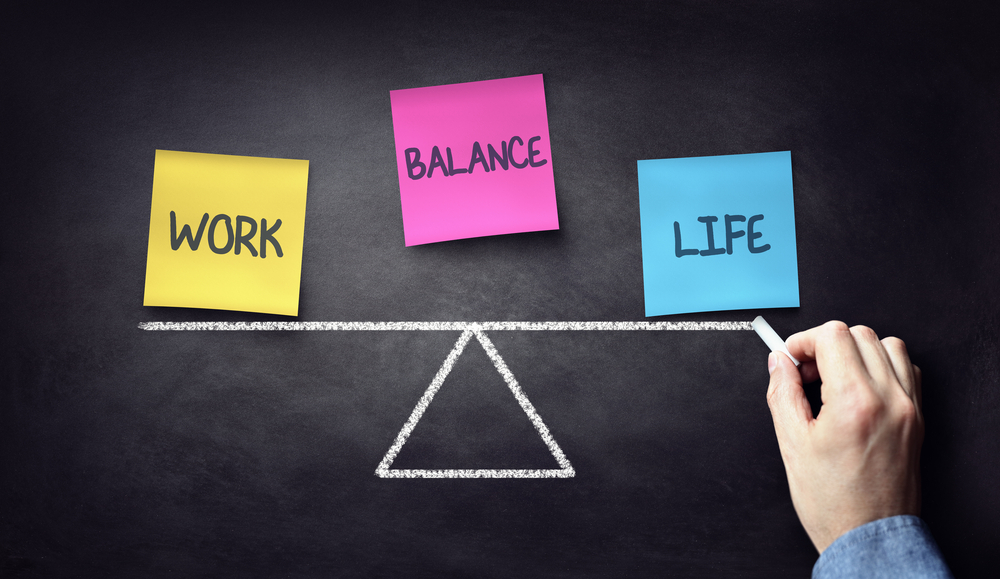
In our fast-paced world, where constant connectivity and multitasking have become the norm, many are finding solace in the concept of slow living. This lifestyle choice encourages a deliberate, thoughtful approach to daily life, focusing on quality over quantity. By slowing down and simplifying, individuals can experience profound benefits in their mental and physical health, relationships, and overall sense of fulfillment. Let's explore what slow living is, its origins, and how you can incorporate its principles into your daily routine.
Introduction to Slow Living
Slow living is a lifestyle that emphasizes mindful, intentional choices over hurried, reactive ones. It encourages individuals to savor life’s moments, prioritize meaningful activities, and reduce unnecessary stress. The slow living movement has roots in the slow food movement of the 1980s, which began in Italy as a response to the fast-food culture. This movement championed local, traditional cuisine, promoting a more thoughtful approach to eating and living.

At its core, slow living is about doing everything at the right speed. It’s not necessarily about doing things slowly, but rather about doing them well and with purpose. This philosophy can be applied to all areas of life, from how we eat and work to how we spend our leisure time. By slowing down, we can appreciate life’s simple pleasures and build deeper connections with ourselves and others.
In today's society, the relentless pace of work, social obligations, and digital distractions can lead to burnout and a sense of disconnection. As a result, more people are seeking ways to simplify their lives and find balance. Slow living offers a compelling antidote to the frenetic energy of modern life, promoting well-being, mindfulness, and sustainable living practices.
One of the most significant advantages of slow living is its impact on mental health. By reducing stress and anxiety, individuals can experience a greater sense of peace and contentment. Studies have shown that mindfulness practices, which are integral to slow living, can reduce symptoms of depression and anxiety, improve focus, and enhance overall mental health . Physically, slowing down can lower blood pressure, improve sleep quality, and boost immune function.
Slow living encourages spending quality time with loved ones and building strong community ties. By prioritizing relationships over material possessions and busy schedules, individuals can foster deeper, more meaningful connections. This focus on relationships can lead to greater emotional support, increased empathy, and a stronger sense of belonging.
Contrary to the belief that slowing down hampers productivity, adopting a slow living approach can actually enhance creativity and efficiency. When individuals take the time to rest and recharge, they often find they can think more clearly and approach tasks with renewed energy and focus. This balance between work and relaxation can lead to higher quality work and innovative thinking.
A cluttered environment can contribute to stress and overwhelm. By decluttering and embracing a minimalist approach to your living space, you can create a more peaceful and functional environment. Start by removing items that no longer serve a purpose or bring you joy, and focus on keeping only those things that add value to your life.

Slow living advocates for mindful consumption, which means being intentional about what you buy and use. This approach encourages purchasing fewer, higher-quality items that are durable and sustainably produced. By choosing quality over quantity, you can reduce waste, save money, and enjoy a more satisfying, clutter-free lifestyle.
Mindfulness practices such as meditation, yoga, and deep breathing exercises are essential components of slow living. These practices help cultivate awareness and presence, allowing you to fully engage with each moment. Regular mindfulness practice can reduce stress, enhance emotional well-being, and improve overall mental health.
Prioritizing Time with Loved Ones and Community Involvement
Building and maintaining strong relationships is a cornerstone of slow living. Make time for family and friends, and engage in activities that foster connection and community. Whether it’s sharing meals, participating in local events, or volunteering, these interactions can enrich your life and create a sense of belonging.
Learning to say no and focusing on what truly matters is crucial in a slow living lifestyle. Overcommitting can lead to burnout and diminish the quality of your experiences. By simplifying your schedule and prioritizing activities that align with your values and goals, you can create more space for relaxation, creativity, and meaningful pursuits.
Many individuals who have embraced slow living report significant positive changes in their lives. For example, Jane, a corporate executive, found that adopting slow living practices helped her manage stress and improve her work-life balance. By prioritizing mindfulness and simplifying her schedule, she experienced greater job satisfaction and stronger relationships with her family.

Similarly, Mark, a small business owner, discovered that slowing down and focusing on quality over quantity in his products not only boosted his sales but also enhanced his personal fulfillment. These real-life stories highlight the transformative power of slow living and its potential to bring about positive change.
Adopting slow living can be challenging, especially in a society that values speed and productivity. Common obstacles include resistance to change, societal pressure, and the fear of missing out (FOMO). Additionally, individuals may struggle with letting go of material possessions and breaking long-standing habits.
To stay motivated, start with small, manageable changes and gradually incorporate more slow living practices into your routine. Seek support from like-minded individuals or communities, and remind yourself of the long-term benefits of this lifestyle. Keeping a journal to track your progress and reflect on your experiences can also help maintain your commitment.
Embracing slow living is a journey that requires patience and persistence, but the rewards are well worth the effort. By slowing down and simplifying your life, you can experience improved health, stronger relationships, and a greater sense of fulfillment. Start small, stay committed, and enjoy the transformative benefits of this mindful approach to living.
In a world that often prioritizes speed and efficiency, slow living offers a refreshing alternative that promotes balance, well-being, and a deeper connection to what truly matters. Begin your slow living journey today and discover the profound positive impact it can have on your life.
References: